The Special Cleaning Needed for Cryogenic Valves
Cryogenic valves are intended for use in extremely cold applications, the term cryogenic generally is applied to temperatures below -50oC. Valves for cryogenic service have to be constructed of materials that retain their ductility at these very cold temperatures as well as special gaskets and seals that are suitable for extremely cold temperatures. Industries that deal with liquefied and compressed natural gas, as well as liquid Oxygen, Nitrogen or Helium rely on these specialty valves frequently to move cryogenic liquids and gases safely and reliably.
Usually, cryogenic check valves use the pressure of the fluid flow to push the valve into an open position, which allows gas, the media to flow through. When fluid flow pressure decreases, the valve will close again and form a seal in order to prevent leakage through the valve.
Special Cleaning and Concerns
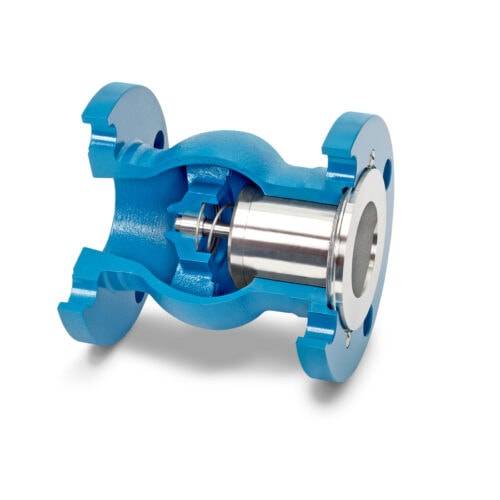
Cryogenic valves require special cleaning and degreasing by the valve manufacturer. This is accomplished with special solvents to degrease and remove any organic contaminants, and often by using ultrasonic cleaning solutions. Some services like oxygen or chlorine service require very high levels of cleanliness to insure that no organic materials or lint fibers are present after cleaning. Properly cleaned and certified valves are placed in double sealed polyethylene bags to insure that the valve remains cleaned until it is time to install the valve.
Operators should always thoroughly inspect cryogenic valves before installing them. This is critical to ensure that no oil or grease has been accidentally introduced into the valve. Some specialized lubricants are approved for oxygen service; their presence may be allowable, but this varies by application.
As mentioned earlier, cryogenic valves must also be kept free of lint. Generally speaking fibers greater than 1/8” in length are not allowed to be present in the cleaned valve. In many cases, absolutely no fibers or lint can are allowed to be present regardless of length. Debris like this can prove dangerous in oxygen systems. Many industry professionals utilize blacklight testing to help detect fibers.
Finally, inspectors must regularly check cryogenic valves and oxygen systems for both internal and external leakage. Internally, leakage can be prevented by ensuring that the proper valve is in place and that it has a well proven sealing design. Cryogenic conditions in particular require robust seals to boost longevity. External leakage is also a significant concern. Often times weld end designs are required. These can be in the form of butt weld ends or socket weld ends on the valves.
How DFT® Can Help
DFT® offers high quality, In-Line, Axial Flow designed check valves as well as a full line of severe service control valves. Our customers often specify weld-end valves for a greater sense of security, but flanged and wafer-style valves are also used. DFT’s GLC, WLC and BNC model check valves and our HI-100 model control valves are suitable for a wide variety of cryogenic applications.
Learn More About DFT’s Valve Solutions
With over 75 years of experience in valve manufacturing, DFT® is proud to offer our clients world-class products at affordable prices. Our certified, knowledgeable staff helps customers overcome obstacles and create custom solutions that will maximize the potential of their valve systems. If you would like to learn more about cryogenic valves, keep an eye out for our upcoming eBook, “Cryogenic Valves 101.”





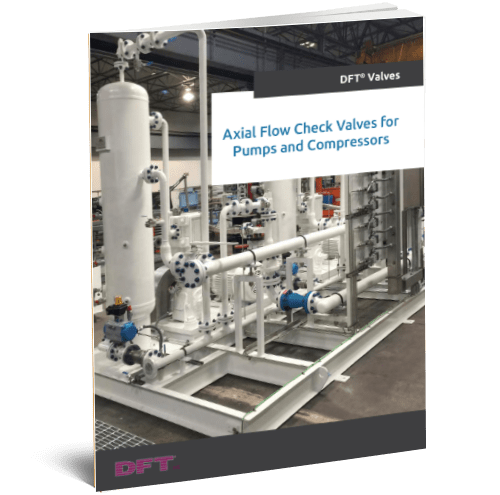
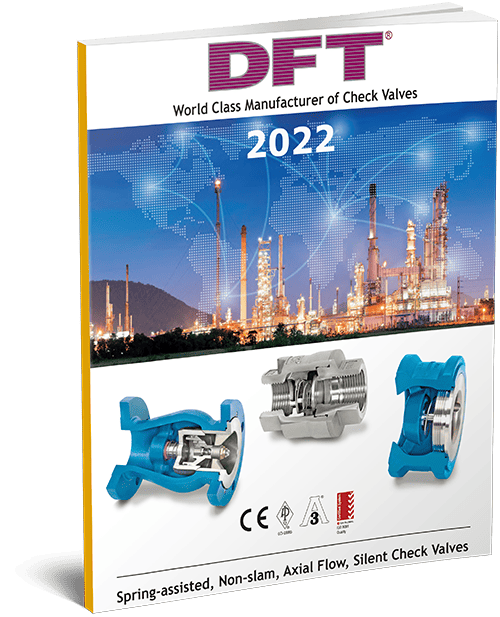
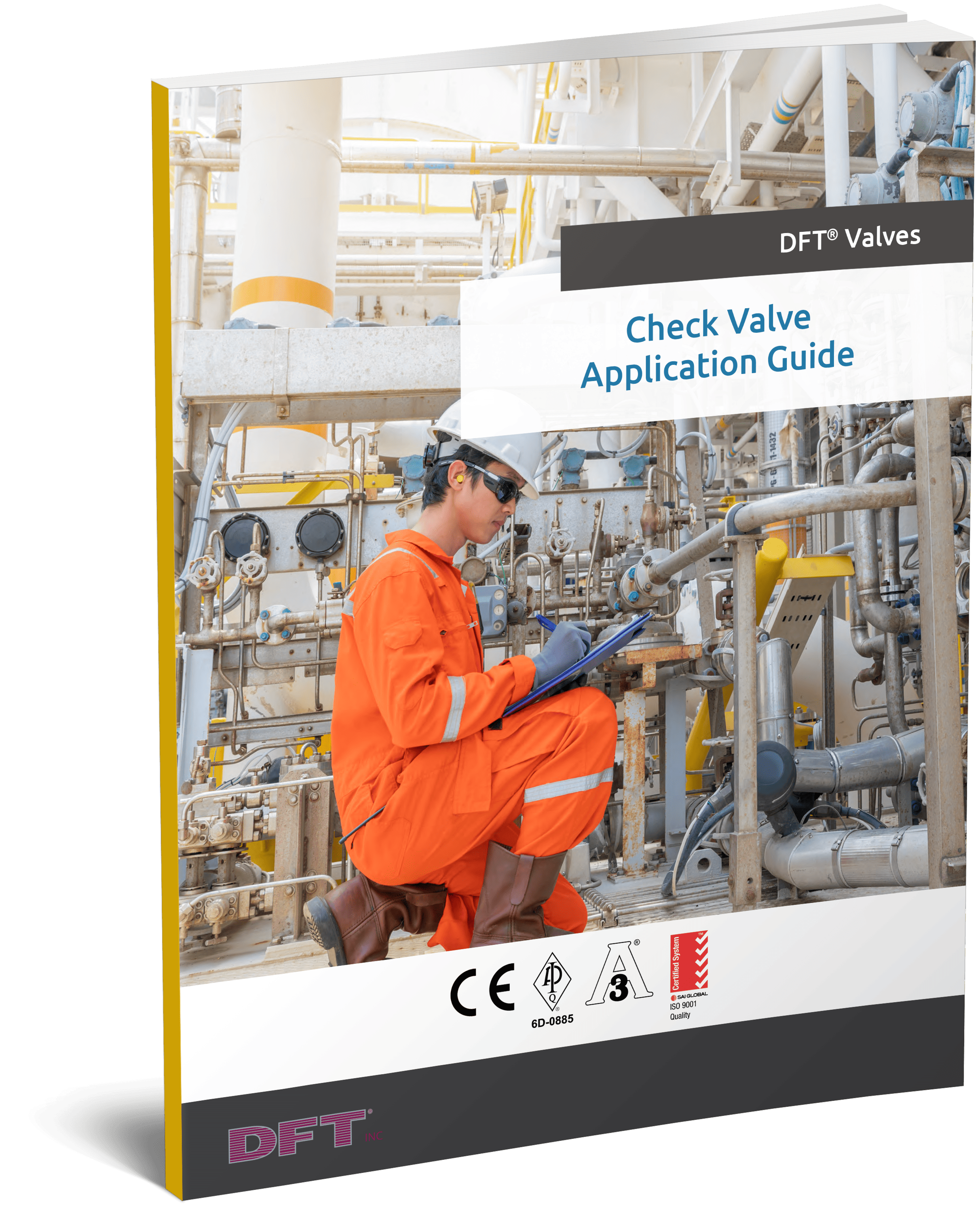

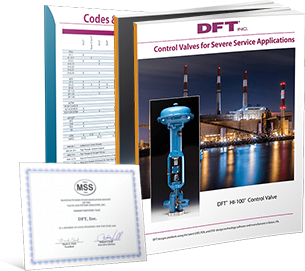
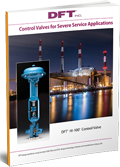
Comments are closed